Luis has been a Dakar driver for many years. In January 2021 he participated as co-driver in the new edition of the Dakar rally: the Dakar Classic, which hosted vintage cars and trucks that competed in the original Paris-Dakar rally, as it was previously known, back in the 1980s and 90s, along with replicas that are period-accurate. Luis has explained to us everything about his experience and his everlasting adventurous spirit.
Peli: What did you like most about the Dakar Classic and what did you like least (in contrast to the original Dakar)?
LH: What I liked most was to experience the spirit of the Dakar typical from its origins back in 1978. This was thanks to the vehicles that we drove, which dated prior to 2000, so they were very similar to those that raced at that time. On a different note, we cannot forget to mention the deserts we have crossed in Arabia or the spirit of adventure and solidarity- the DNA of the Dakar.
However, there are some things that I feel could be improved. On one hand, the paved roads between sections were too long and, on the other hand, I felt like there weren’t enough dunes or big complications to drive through, mainly due to the participation of 4x2 vehicles, which cannot drive through very difficult stages. I hope the route will be different for each type of vehicle in the next edition.
Peli: Could you describe a typical day in the Dakar Classic?
LH: INTENSE. We woke up before sunrise; we got out of the tent, put on our overalls, had a quick coffee and got in the car. We then headed to the exit of the camp towards the CH1, where we had the first time checkpoint and they handed us out the route planner and the table of average speeds. We only focused on programming the equipment that helps us with the Regularity, a modality in which we competed in the classic Dakar.
Then we got to CH2, where Regularity race starts. 3,2,1, and off we went: adrenaline and competition in their purest form.
The race sections get mixed with the transition sections , which allows us to take a deep breath, although time is very tight so we cannot lose concentration until we finish the last 3 or 4 sections of the stage. At this point we were relaxed, we drove the last section until we arrived at the camp, where we met the assistance team: hugs, revision of the journey and the cars, shower and then dinner cooked by our chef Jesus (or better said his Thermomix). Before going to sleep, we had a last coffee and a little chat around the fire.
Peli: How does one feel at the start of the race and when crossing the finish line?
LH: A Dakar is a great adventure. On the starting line we already get invaded by a mix of emotions: nerves, uncertainty, desire to discover and to compete and, above all, to share many “life-changing moments” with our team. After crossing the finish line, we feel immense joy and, as you can imagine, the feeling is even greater if you win the last stage, just like it happened to us. So, it isn’t hard to believe when we say that we could not wipe the smile off of our face until a few weeks after being back in Spain.
Peli: What is the feeling after completing such a tough rally?
LH: Satisfaction for outstanding teamwork. The Dakar is the toughest rally in the world. More than 7,000 km in which we all play a part: driver, co-driver, and the logistics, mechanics and communication managers. When everything works like a precision machine, we reach the finish line satisfied, and that is exactly how we felt when we all made it to the podium in our Mercedes G.
Peli: How did you decide to enter the racing world and, more specifically, to take part in this type of rally?
LH: Since I was very young, my mother had to tie me to a tree because I was not able to sit still. I feel like I have always had a desire to discover and to travel, whether on foot, by bike, motorbike, boat, car or truck. I have travelled the five continents in different adventures: from Antarctica, where we followed in the footsteps of the legendary explorer Ernest Shackleton, to the deepest Karakorum in the north of Pakistan. To me, raids are one of the best ways to discover unique places and, to that, you must add the adrenaline of competition, so it's one of my favourite adventures by far. The most important ones in which we have participated have been the Dakar of 2005, 2006 and 2007, the Pampas in 2008 crossing Argentina and Chile, and the Transorientale 2008 from St. Petersburg to Beijing.
Peli: How would you compare your experience as a co-driver in contrast to your experience as a driver in 2007 and 2008?
LH: It was very positive. In previous events the two of us drove alternately, but in this case, where navigation is added to the regular modality, the co-driver becomes a key element. On that note, the driver/co-driver bond becomes even tighter and, therefore, even more fun and challenging.
Peli: You brought a wide selection of Peli Cases and lighting systems to the Dakar Classic. How useful were they during the adventure?
LH: The cases are key elements to protect our material (including cameras, navigation and communication equipment). In addition, we carried a large Peli case in each car where we kept tools and emergency spare equipment together with the first aid kit. This way, everything was held tidy and well protected. We have been using Peli products for several years in many of our expeditions and raids, and for us it is the most professional and resistant material we could think of. In fact, no matter how rough the Dakar is, we were absolutely confident at all times about the fact that nothing was going to get damaged, be it satellite phones, GoPro or cameras. As for the lighting systems, we can only say that we were the envy of the camp. The systems are very powerful and perfectly movable, just like the headlamps. Thank you for your partnership once again!
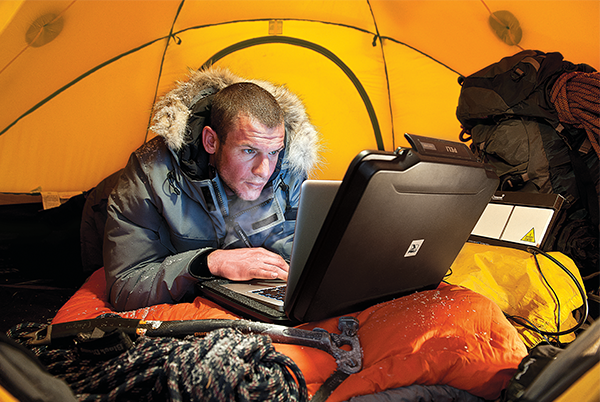
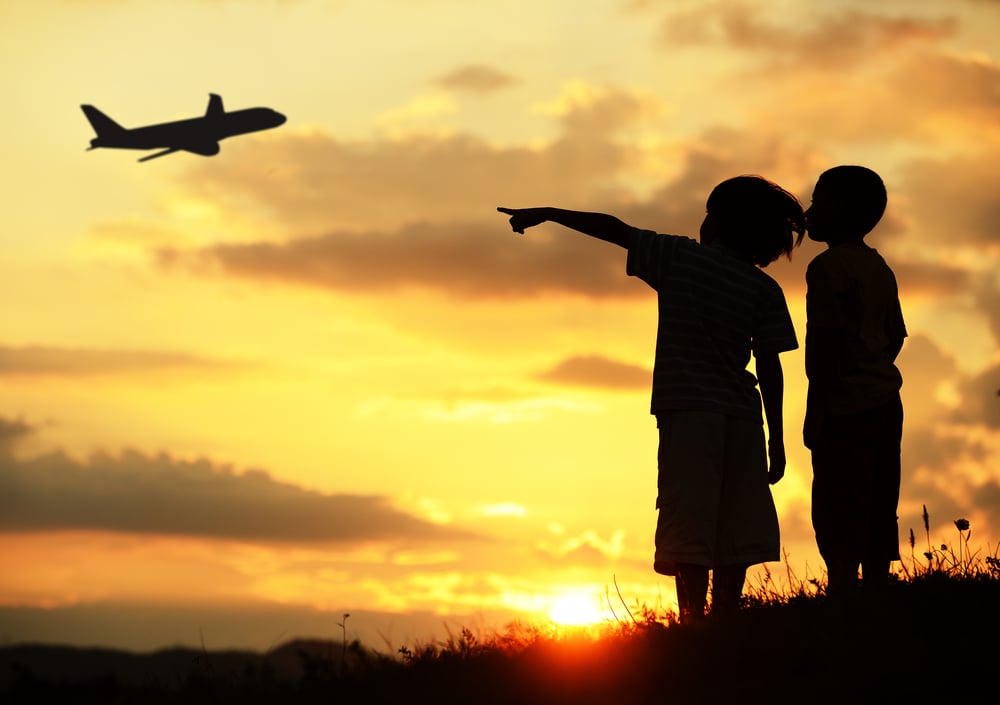

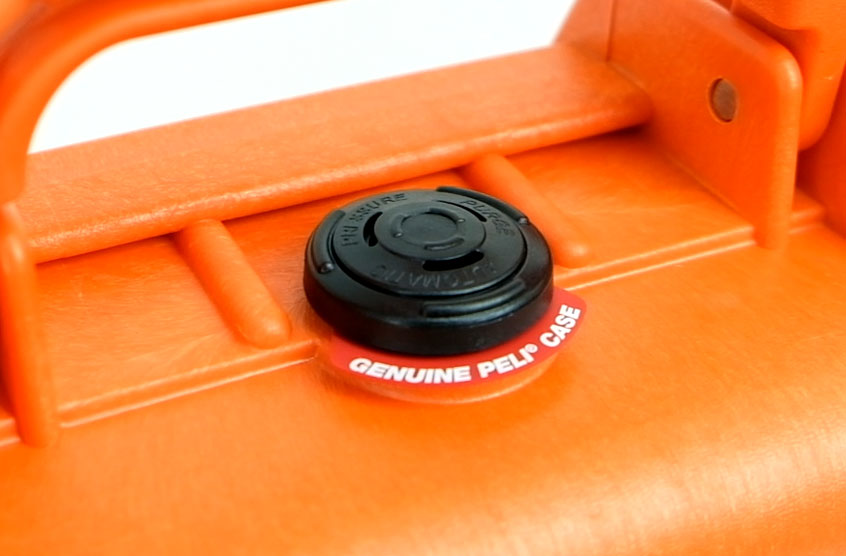
.png)

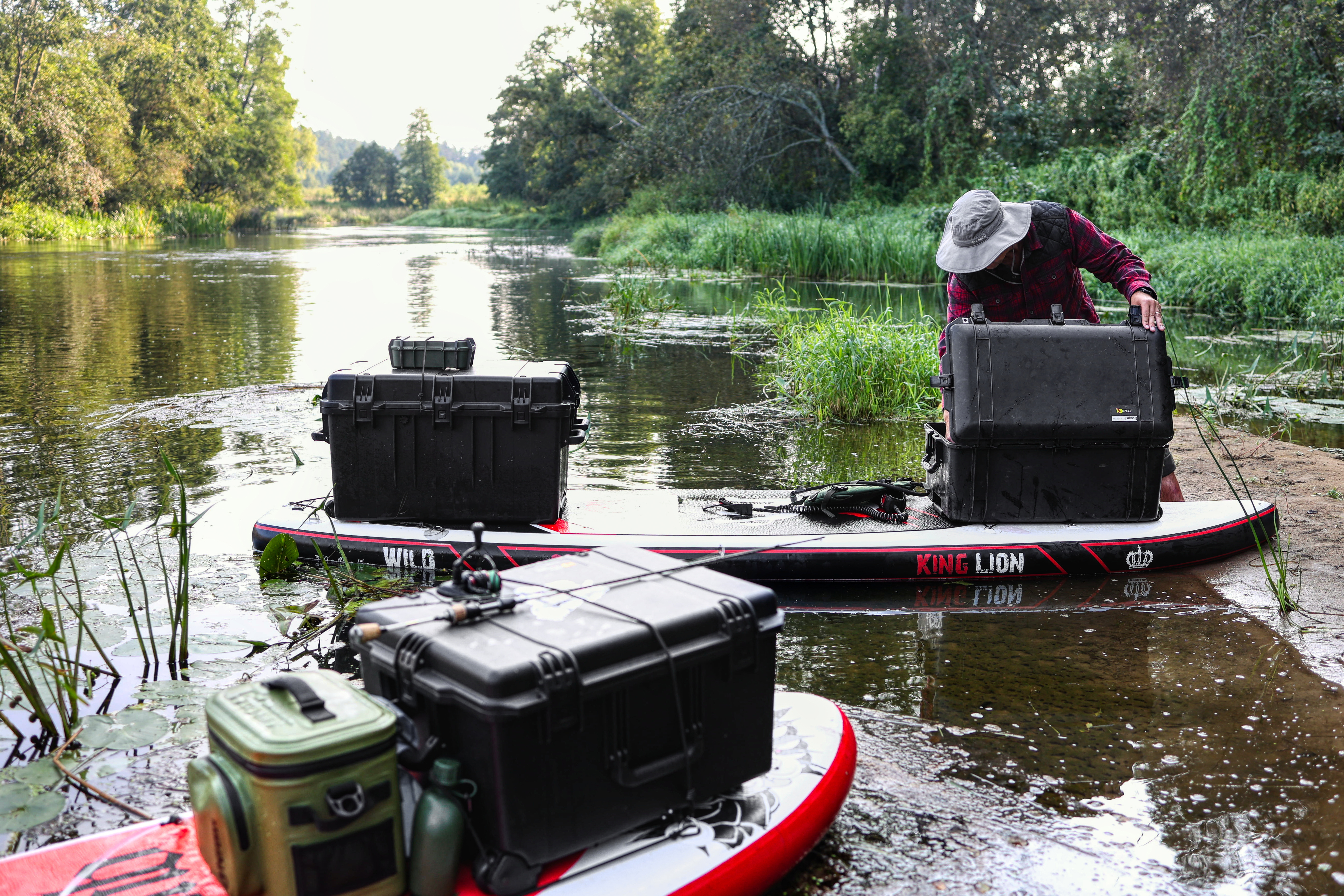
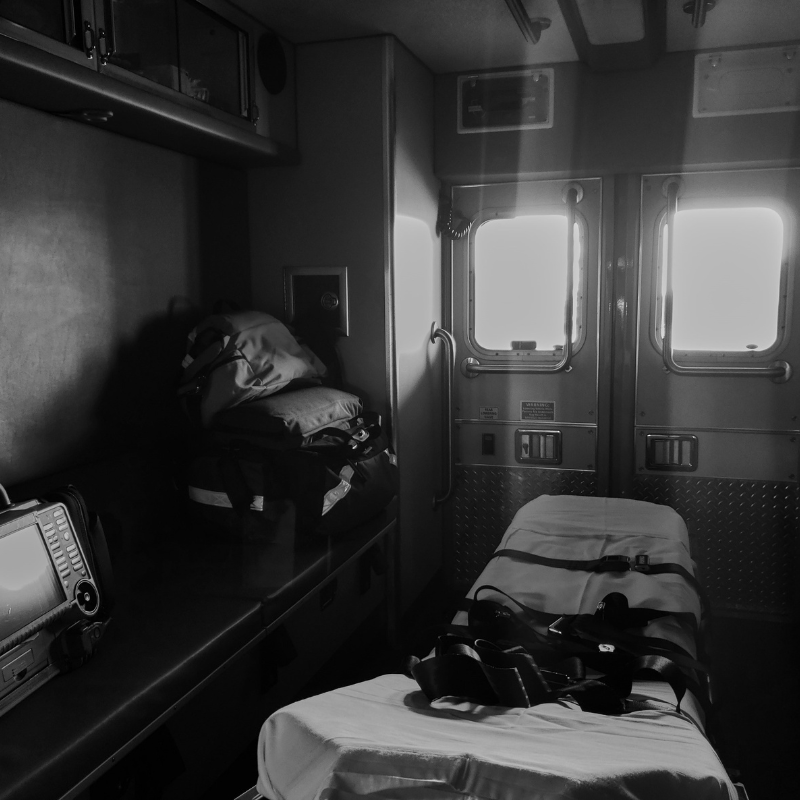
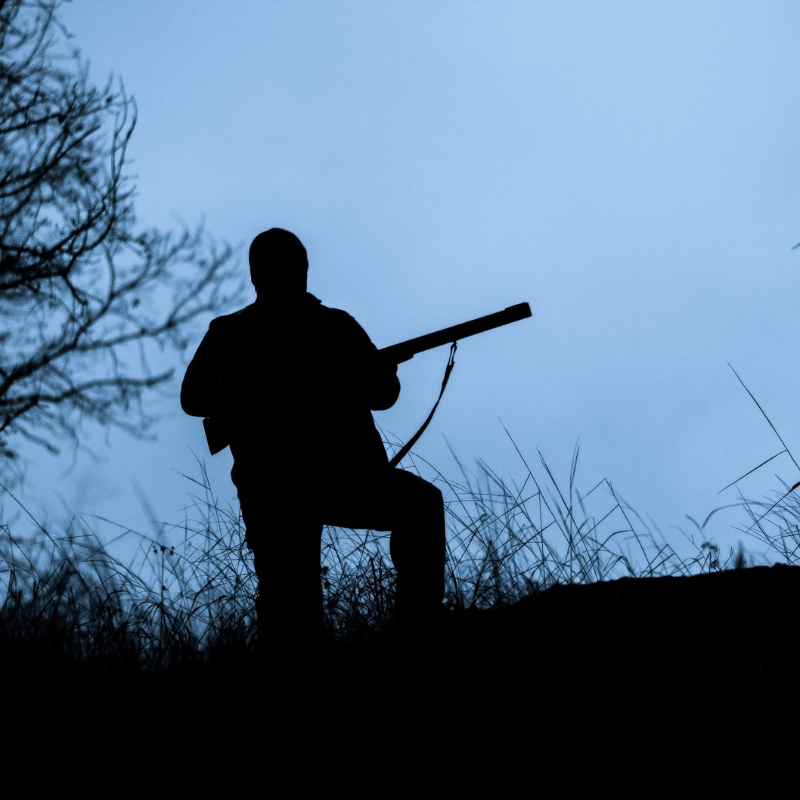
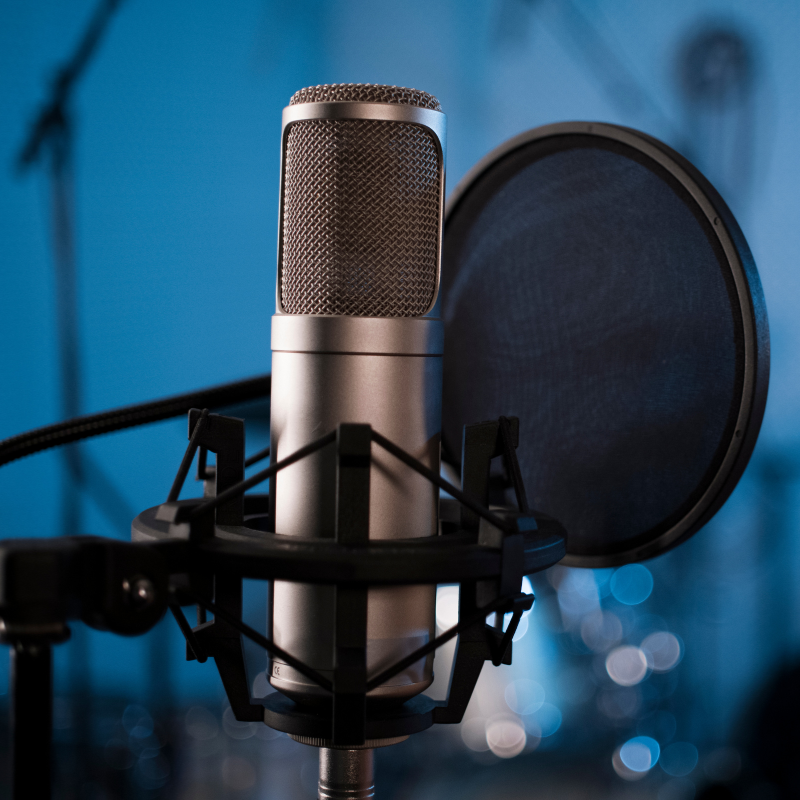
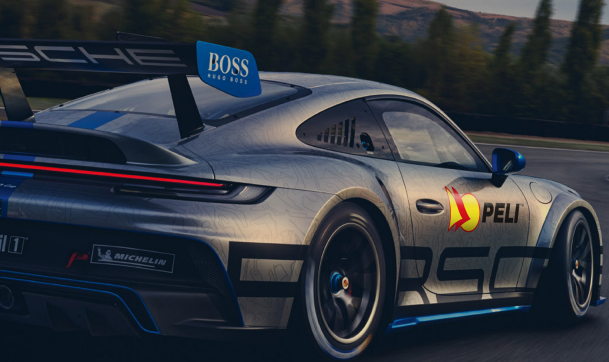
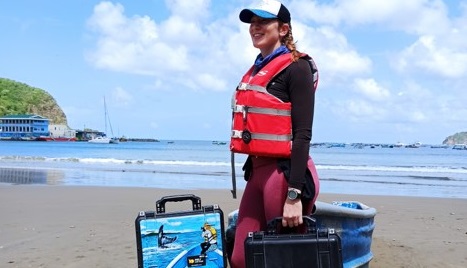
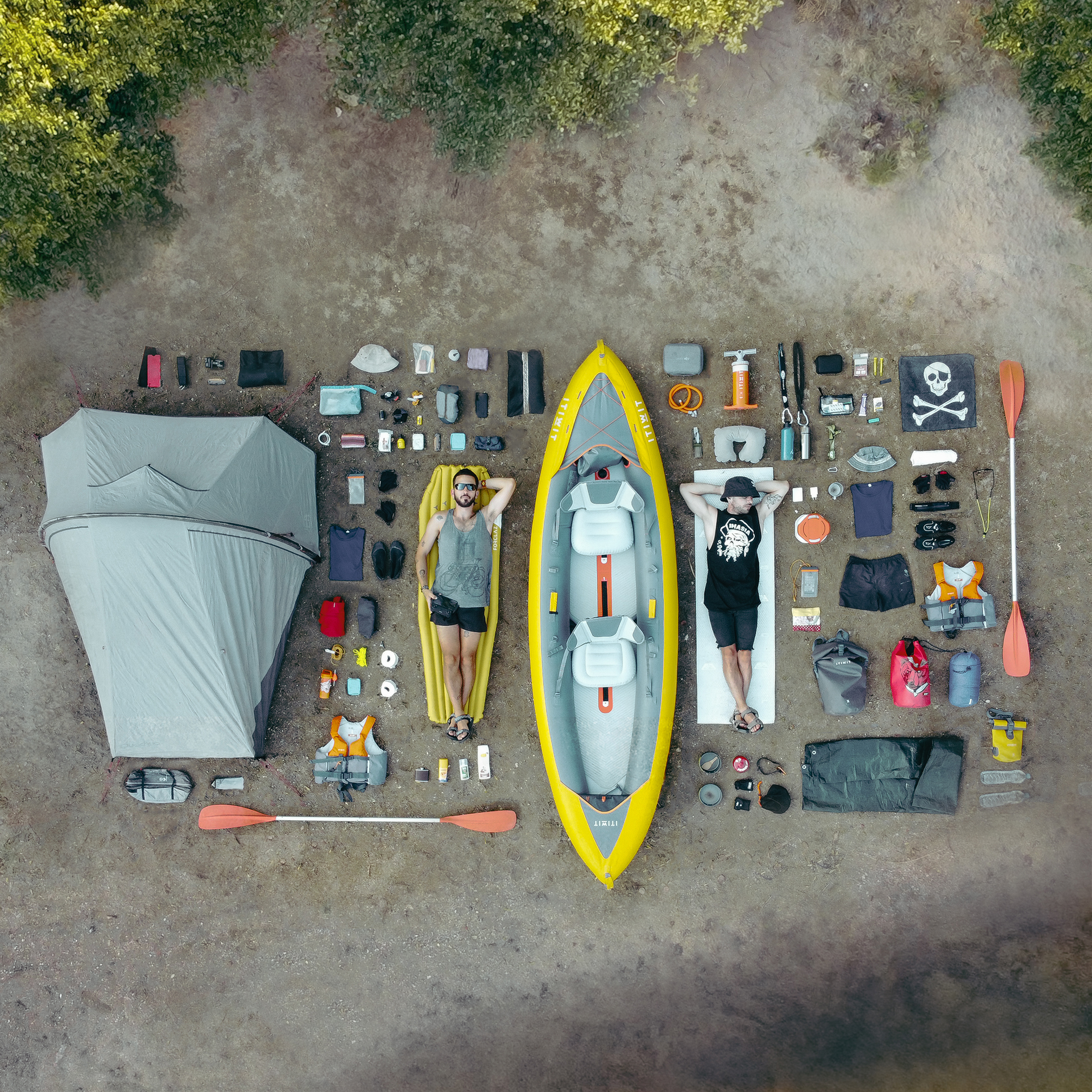
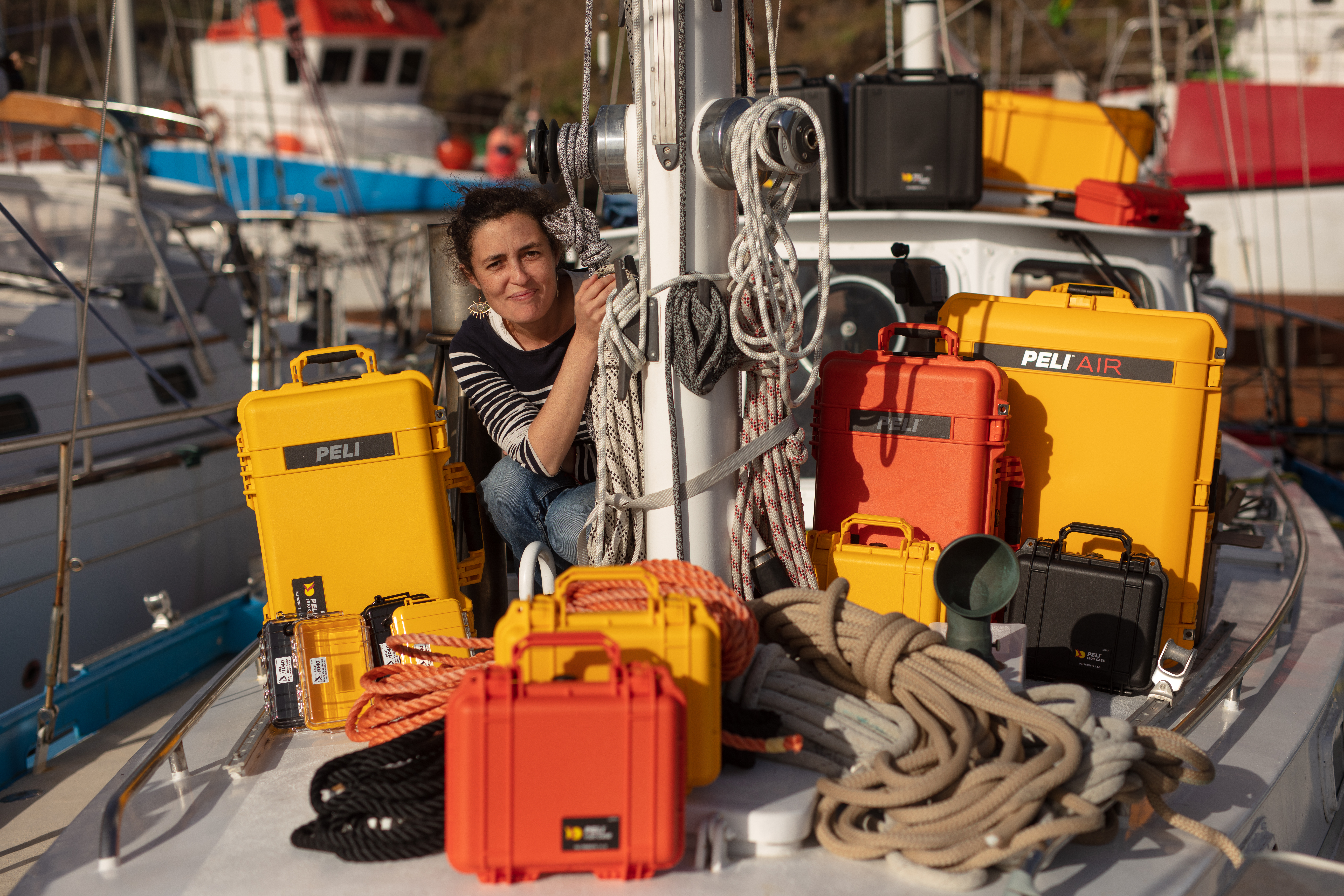
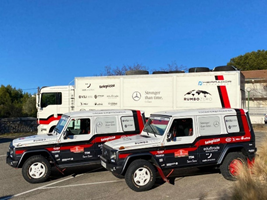

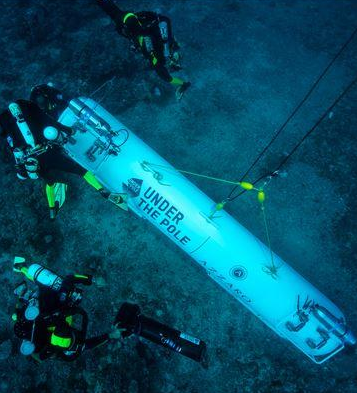
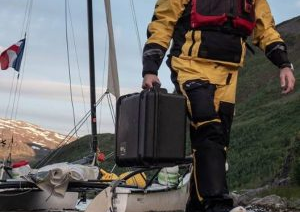
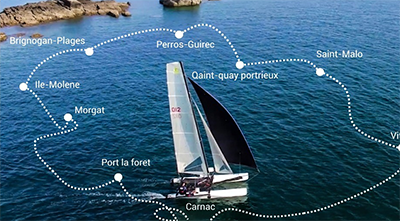
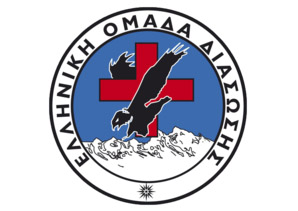
Post a comment